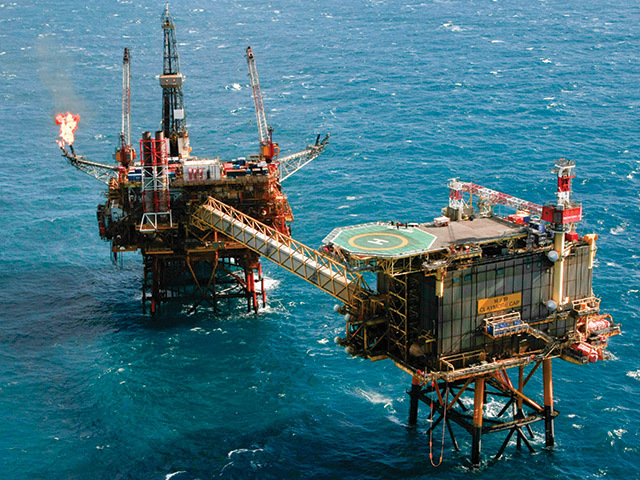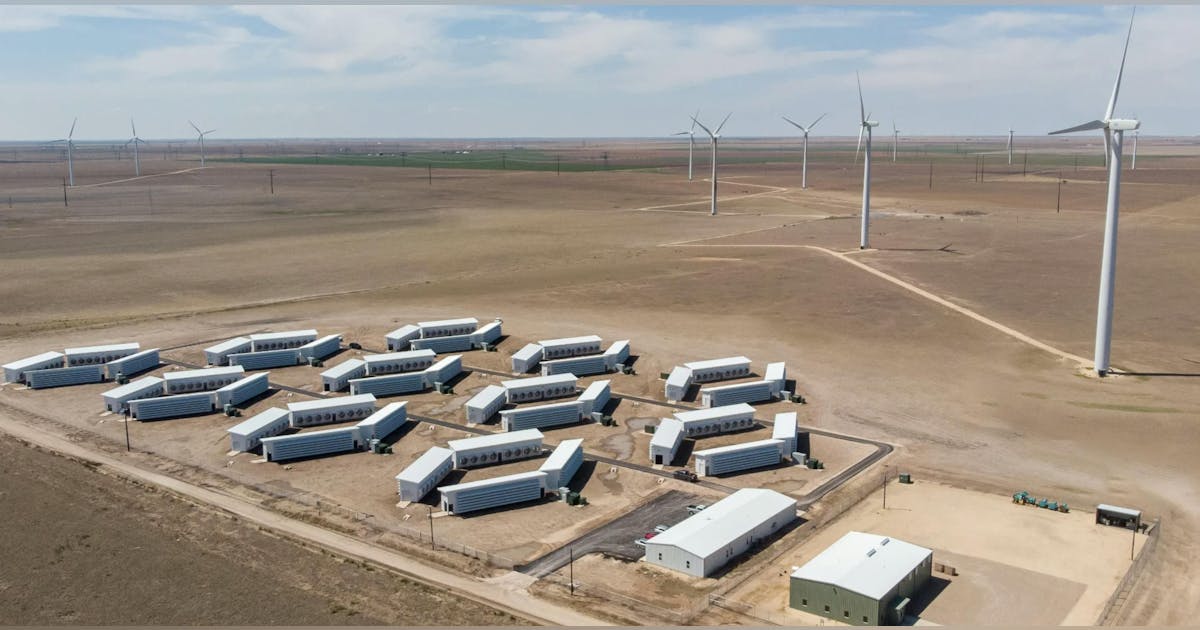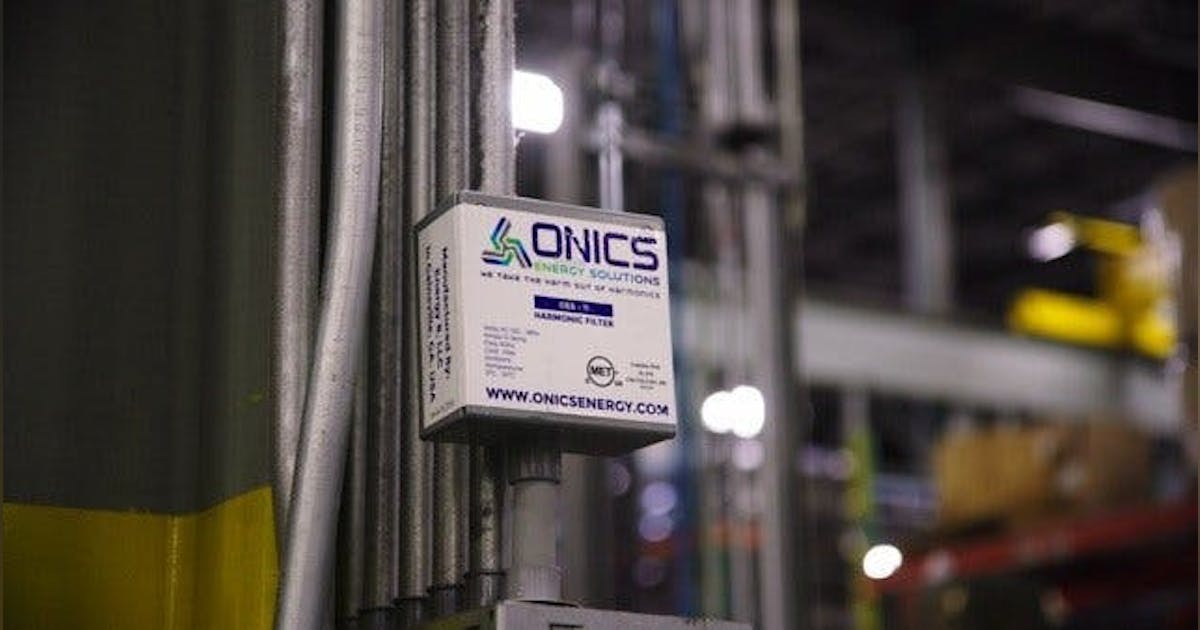North Sea operator Repsol Resources UK has signed a five-year deal with well services firm Archer covering late-life operations and well plugging and abandonment (P&A).
Archer said the agreement includes platform drilling services, facilities engineering, coil tubing, wireline services and downhole well services technologies.
The deal also includes a two-year optional extension and a P&A scope covering approximately 130 wells.
Repsol and Archer did not disclose the value of the contract, which covers much of the Spanish firm’s North Sea portfolio including Piper, Claymore, Auk, Arbroath and Montrose.
Archer chief executive Dag Skindlo described the Repsol deal as a “milestone win” for the Oslo-listed company.
“We are pleased to strengthen our partnership with Repsol through this major long-term agreement within our strategic focus on P&A services,” Skindlo said.
Repsol and NEO merger
The decommissioning deal with Archer comes shortly after Repsol merged its UK assets with fellow North Sea operator NEO Energy.
Under the deal, NEO said it will hold a 55% stake in the combined business, which will be renamed NEO NEXT Energy, with Repsol retaining the remaining 45%.
NEO said the “large and diverse asset portfolio” is expected to generate material cashflows and provide a platform for “organic and inorganic growth”.

Repsol will retain $1.8 billion (£1.4bn) in decommissioning liabilities related to its legacy assets, which NEO said will enhance the cash flows of the merged business.
The merger followed confirmation in April that the Spanish-owned Repsol plans to cut jobs across its North Sea operations.
Analysts have long predicted the potential for a tie-up between the two North Sea operators to create one of the largest independent producers in the UK.
Repsol is thought to have one of the largest decommissioning liability portfolios in the North Sea, including the Fulmar, Saltire and Tartan platforms.
As a result, the merger is expected to lead to tax savings potentially worth hundreds of millions due to Repsol’s $1.8 billion worth of decommissioning liabilities.





















